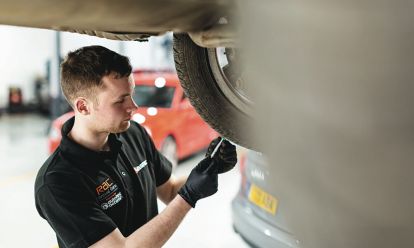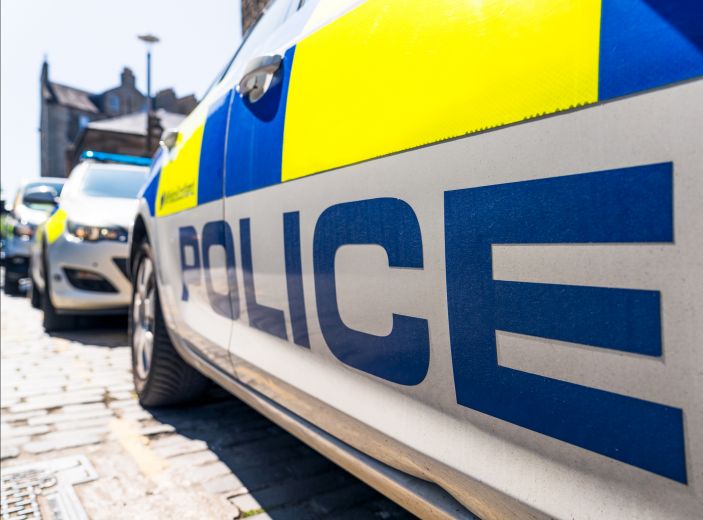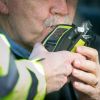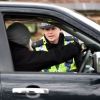Viewed as an increasing problem, Department for Transport (DfT) statistics have shown that that there were almost 2,500 casualties in relation to drug-driving in 2021.
This is a shocking surge of over 260% since 2012.
Criminal Justice System Statistics (CJSS) have disclosed that the number of drug-driving convictions has increased year-on-year, and reached 12,500 in 2019.
The data also showed that 44% of these crimes are carried out by repeat offenders. It also revealed an unfortunate trend that many of these cases were occurring within one year of the original crime being committed.
As more people get caught by police for perpetrating these crimes, the public are asking what is being done to stop the rise in drug-driving.
However, there are worrying reports that, due to inefficient testing protocols which require blood samples to be taken by a healthcare practitioner, some police officers are resorting to bringing drug-driving suspects to over-subscribed A&E departments to take a sample.
As a result, this is adding to an already struggling National Health Service (NHS).
Hospitals across the UK are currently facing record waiting times, and in order to prosecute those breaking the law, it is placing extra pressure on nurses and doctors.
Unfortunately, IAM RoadSmart’s survey of 2,028 motorists found that this problem is also set to deepen.
The data showed that 1-in-10 respondents have driven, or been a passenger in a vehicle where the driver has been under the influence of illegal drugs.
It also revealed that 6% of people would be comfortable driving while under the influence of illegal drugs.
A further 14% of those surveyed stated that they would not stop a family member or friend who was planning to drive while under the influence of drugs.
IAM RoadSmart’s most recent annual Safety Culture Report highlighted many troubling trends within the driving community.
It showed that motorists consider drink and drug-drivers as one of the biggest risks to their personal safety – more than other issues such as speeding on residential streets, people driving aggressively or not wearing a seat belt.
Neil Greig, Director of Policy and Research at IAM RoadSmart, commented: “With cases surging and attitudes as they are, Britain’s drug-drive picture is a bleak one. IAM RoadSmart has already proposed a smart package of solutions to help address this issue, including developing a dedicated drug-drive course, prescription reform and for the government to finally release the outcome of its own drug-driving consultation.
“If these are actioned, we might finally see progress made on this critical road safety issue before more lives are tragically lost.”
What do you make of the survey results? What can be done to stop this rise in drug-driving? Leave your comments below.
Service, repair or MOT?
You can trust the RAC with our local approved garages and NEW mobile mechanics.












